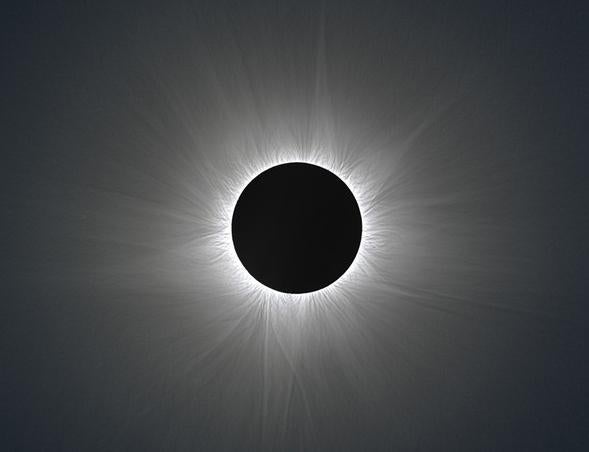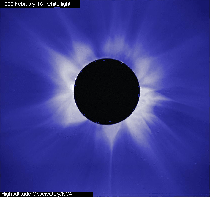

Supergranulation, which concentrates the magnetic field on its edges, produces a chromospheric network of bright regions of enhanced magnetic fields.įull-disk multiwavelength extreme ultraviolet image of the Sun The rules for this interplay are simple: every point in the chromosphere where the magnetic field is strong and vertical is hot and hence bright, and every place where it is horizontal is dark. Because density decreases with height more rapidly than magnetic field strength, the magnetic field dominates the chromospheric structure, which reflects the extension of the photospheric magnetic fields. For this reason special monochromators are widely used to study the Sun in a narrow wavelength band. Because this line is so strong, it is the best means for studying the chromosphere. It derives its name and pink colour from the red Hα line of hydrogen at 6562.8 angstroms (Å) 1 Å = 10 −10 metre. The chromosphere represents the dynamic transition between the cool temperature minimum of the outer photosphere and the diffuse million-degree corona above. Finally, the next brightest lines had never been seen before because they came from the Sun, the unknown source element came to be called helium. Second, they discovered that the strongest lines were due to hydrogen, yet they still did not appreciate its high abundance. This effect arises because the chromosphere is transparent between the spectrum lines, and only the dark sky is seen. First, instead of absorption lines they saw emission lines (bright lines at certain wavelengths with nothing between them). When flash spectra (spectra of the atmosphere during an eclipse) were first obtained, astronomers found several surprising features. The ordinary solar spectrum is produced by the photosphere during an eclipse the brilliant photosphere is blocked out by the Moon and three objects are visible: (1) a thin, pink ring around the edge of the Sun called the chromosphere, (2) a pearly, faint halo extending a great distance, known as the corona, and (3) pink clouds of gas called prominences suspended above the surface. SpaceNext50 Britannica presents SpaceNext50, From the race to the Moon to space stewardship, we explore a wide range of subjects that feed our curiosity about space!.Learn about the major environmental problems facing our planet and what can be done about them! Saving Earth Britannica Presents Earth’s To-Do List for the 21st Century.Britannica Beyond We’ve created a new place where questions are at the center of learning.100 Women Britannica celebrates the centennial of the Nineteenth Amendment, highlighting suffragists and history-making politicians.
Gas of sun corona how to#

From tech to household and wellness products. Britannica Explains In these videos, Britannica explains a variety of topics and answers frequently asked questions.

This Time in History In these videos, find out what happened this month (or any month!) in history.#WTFact Videos In #WTFact Britannica shares some of the most bizarre facts we can find.Demystified Videos In Demystified, Britannica has all the answers to your burning questions.Britannica Classics Check out these retro videos from Encyclopedia Britannica’s archives.


 0 kommentar(er)
0 kommentar(er)
